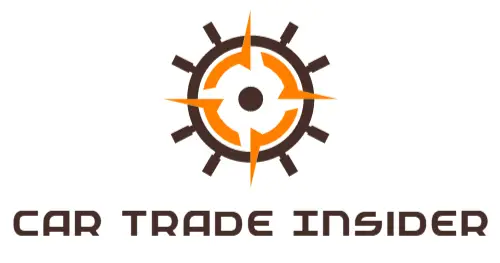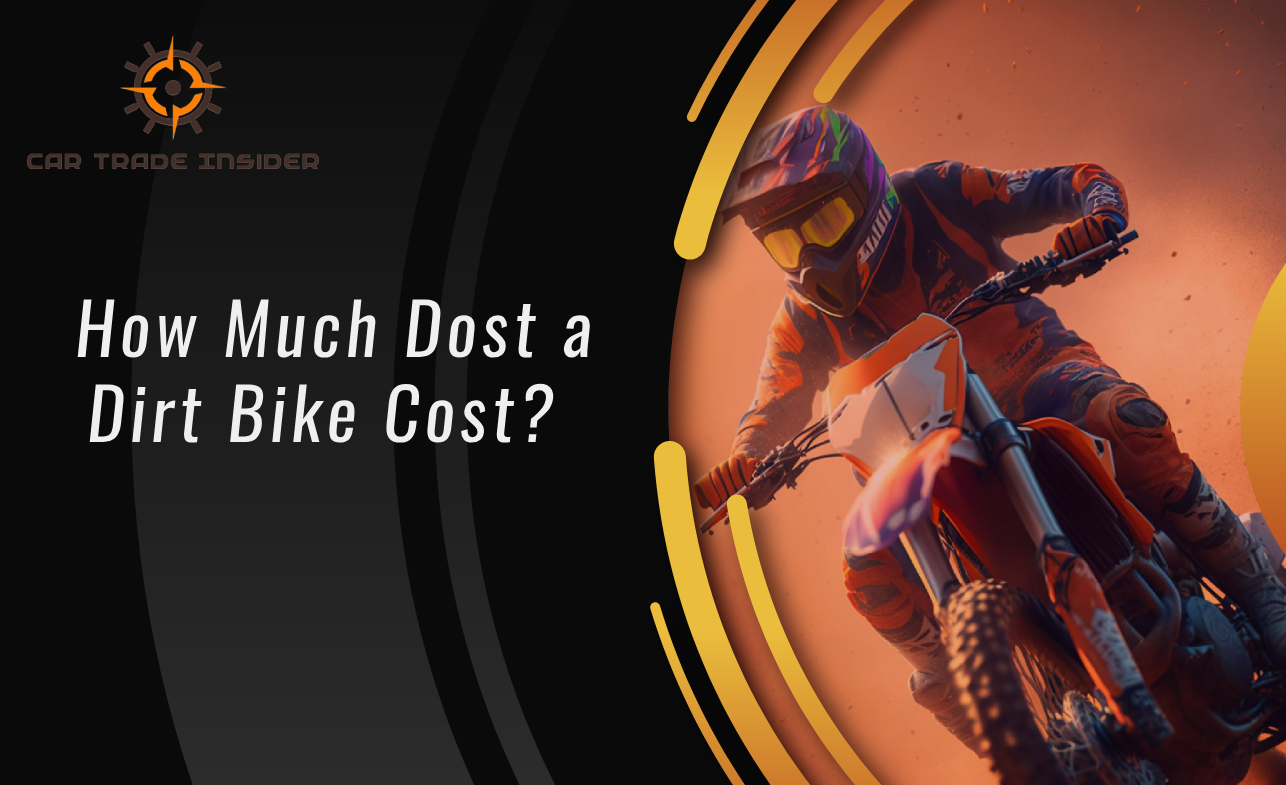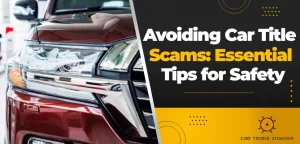If you’ve ever experienced the thrill of tearing through rough terrain on a dirt bike, you know how addictive it can be. Dirt bikes offer the perfect combination of speed, power, and adrenaline, making them a popular choice for outdoor enthusiasts of all ages.
But If you’ve ever wondered how much does a dirt bike costs and what factors influence its prices, you’re in the right place.
In this article, we’ll dive deep into the world of dirt bike pricing, providing you with valuable insights, tips, and advice for making an informed purchase decision. Whether you’re a beginner or an experienced rider, let’s explore the cost of dirt bikes together.
Factors That Affect Dirt Bike Prices
There are several key factors that can affect the price of a dirt bike, including the bike’s type, brand, size, and features. Let’s explore each of these factors in more detail.
- Condition: The condition of the dirt bike is an important factor that significantly affects its price. A new dirt bike will generally be more expensive than a used one, but a well-maintained used bike can still provide great value for the price. Consider the age, mileage, and overall condition of the bike when evaluating its value.
- Type of bike: Motocross bikes designed for racing tend to be more expensive than trail bikes built for more casual off-road riding.
- Brand: High-end brands like KTM and Husqvarna are known for their performance and reliability but come with a higher price tag, while more budget-friendly brands like Yamaha and Kawasaki offer great value for the price.
- Size: Larger bikes with more powerful engines tend to be more expensive than smaller bikes designed for beginners or children.
- Features: Dirt bikes with advanced features like electric start, fuel injection, and advanced suspension systems will generally be more expensive than bikes with more basic features.
It’s important to keep in mind that all of these factors can impact the price of a dirt bike, and it’s up to the individual rider to decide which factors are most important to them.
Popular Dirt Bike Models and Their Price
If you’re in the market for a dirt bike, you might be wondering how much you can expect to pay for a popular model. Here are some examples of popular dirt bike models and their prices:
1. Honda CRF450R
This high-performance motocross bike is known for its speed and agility. The CRF450R 2023 model is priced at around $9,599 with a destination charge of $400 and a freight surcharge of $200.
2. Yamaha YZ250F
Another popular motocross bike, the Yamaha YZ250F is known for its lightweight frame and powerful engine. Yamaha YZ250F Prices start at $8,799 with a destination charge of $450 and a freight surcharge of $275.
3. Kawasaki KLX110R
This trail bike is designed for beginners and young riders. The 2023 model is priced at $2,849 with $400 savings, a destination charge of $245, and a freight and materials surcharge of $200.
4. KTM 350 XC-F
This off-road bike is designed for more experienced riders who want a high-performance machine. The 2023 model is priced at around $11,199.
5. Suzuki DR-Z400S
This versatile bike can handle both on-road and off-road riding. The 2023 model of Suzuki DR-Z400S is priced at $7,099 with a destination charge of $440 and a freight surcharge of $150.
Please note that these prices are general guidelines and can vary based on specific models and included features. Additionally, prices may differ depending on your location and the availability of the specific model you’re interested in.
Pros and Cons of Buying a Used Dirt Bike
If you’re on a tight budget or looking for a great deal, buying a used dirt bike can be an appealing option. However, it’s important to weigh the pros and cons before making a decision.
Pros:
- Lower price: Used dirt bikes are generally cheaper than new ones, which can make them more accessible for riders on a budget.
- Good value: If the bike has been well-maintained, a used dirt bike can provide great value for the price.
- Less depreciation: Dirt bikes tend to depreciate quickly, so buying a used bike can help you avoid the steep drop in value that comes with buying a new bike.
Cons:
- Potential issues: Used dirt bikes may have hidden issues that are not immediately apparent, such as worn-out parts or mechanical problems.
- No warranty: Unlike new bikes, used dirt bikes do not come with a warranty, which means you’ll be responsible for any repairs or maintenance needed.
- Limited selection: Depending on your location and the availability of used bikes in your area, you may have a limited selection to choose from.
Essential Tips for Buying a Dirt Bike: Size, Features, and Safety Precautions
When it comes to buying a dirt bike, there are important considerations to ensure you make the right choice. Whether you’re a seasoned rider or a beginner, this article provides valuable tips and advice to guide you through the purchasing process.
From inspecting used bikes to selecting the right size and features, as well as prioritizing rider safety, we’ve got you covered. Let’s dive in and explore the essential tips for buying a dirt bike.
Inspecting Used Bikes
If you’re considering a used dirt bike, a thorough inspection is crucial. Keep the following tips in mind to make an informed decision:
- Check for Physical Condition: Look for any signs of damage, such as dents, cracks, or bent parts. Ensure that the bike’s frame is straight and that the tires have sufficient tread.
- Evaluate the Engine: Start the bike and listen for any unusual noises or excessive vibrations. Check for oil leaks and inspect the exhaust for excessive smoke.
- Review Maintenance Records: Request maintenance records to determine if the bike has received regular servicing. This information can indicate how well the bike has been cared for.
Choosing the Right Size and Features
Selecting a dirt bike that matches your size, experience level, and riding preferences is vital. Consider the following factors:
- Size and Fit: Sit on the bike and assess if you can comfortably reach the handlebars, footpegs, and controls. Your feet should touch the ground for stability when stopped.
- Engine Size: For beginners, smaller engines (around 125cc) are more manageable and offer better control. Intermediate to advanced riders may opt for larger engines based on their experience and riding style.
- Suspension and Handling: Evaluate the bike’s suspension system and ensure it suits the type of riding you intend to do. Adjustable suspension settings can enhance your comfort and control on different terrains.
- Additional Features: Determine which features are important to you, such as electric start, fuel injection, or specialized exhaust systems. Consider your riding goals and budget when selecting optional features.
Prioritizing Rider Safety:
Safety should always be a top priority when riding a dirt bike. Here are some essential safety gear and precautions to follow:
- Helmet: Invest in a high-quality, properly fitting helmet that meets safety standards. Protecting your head is crucial in case of accidents or falls.
- Protective Gear: Wear appropriate gear, including goggles, gloves, boots, knee and elbow pads, and a chest protector. This gear provides added protection for your body during rides.
- Proper Riding Techniques: Take the time to learn and practice proper riding techniques, including braking, cornering, and maintaining balance. Consider enrolling in a rider training course to enhance your skills.
- Ride within Your Skill Level: Avoid attempting advanced maneuvers or riding beyond your skill level. Gradually progress as you gain experience and confidence.
Conclusion
In conclusion, the price of a dirt bike can vary based on factors like type, brand, size, and features. New bikes are typically pricier, but well-maintained used bikes can offer value.
Consider your specific needs, riding style, and budget when making a choice. When buying a used, ensure you inspect the bike, check maintenance records, and verify its condition. With research and diligence, you can find a dirt bike that suits you and enjoy an exciting riding experience. Happy riding!
FAQs
What does a dirt bike cost?
A dirt bike’s cost can vary widely based on brand, model, and condition. On average, new dirt bikes range from $2,000 to $12,000. Used bikes can be cheaper, depending on age and condition.
How much is a basic dirt bike?
A basic or entry-level dirt bike typically costs between $1,000 and $3,000. This range is for new bikes from reputable brands. However, the price may change depending on the bike’s features, brand, and where you purchase it.
What size of dirt bike for a 13-year-old?
A 13-year-old would typically be suited to a mid-range dirt bike, around 85-125cc. However, the right size also depends on the child’s experience, height, and weight. It’s best to have them try out a few models to find the most comfortable fit.
What’s the cheapest dirt bike brand?
Brands like Apollo and Taotao produce relatively inexpensive dirt bikes, with some models costing less than $1,000. However, remember that a cheaper price may mean compromises on performance, durability, or safety features.
How much does a 125cc dirt bike cost?
A 125cc dirt bike generally costs between $2,000 and $5,000, depending on the brand and model. Pre-owned bikes can cost significantly less, but be sure to check the condition and history of the bike before buying.
How much is a dirt bike for a 15-year-old?
For 15-year-olds, suitable dirt bikes may range from 125cc to 250cc. New models can cost between $2,000 and $8,000. Prices will vary based on the model’s specifications, brand, and where you’re purchasing from. Pre-owned bikes may be more affordable.





